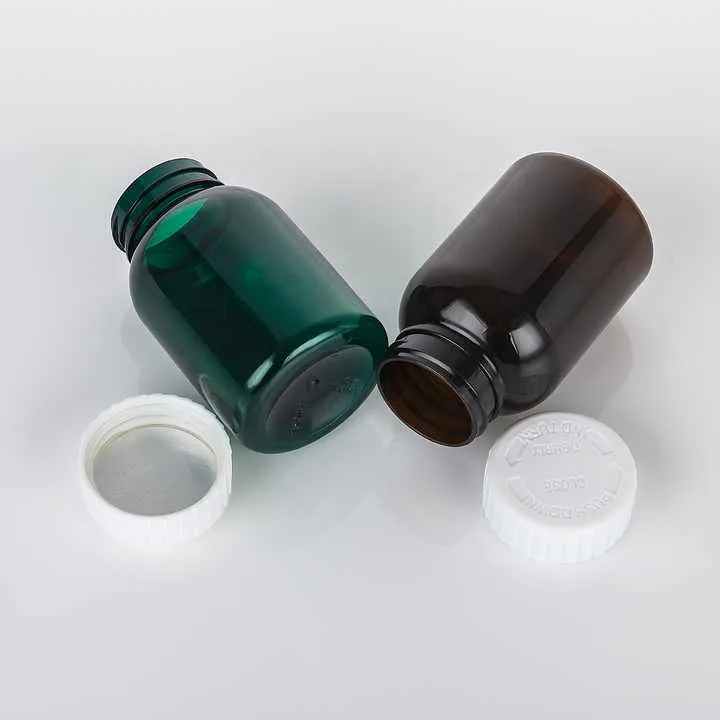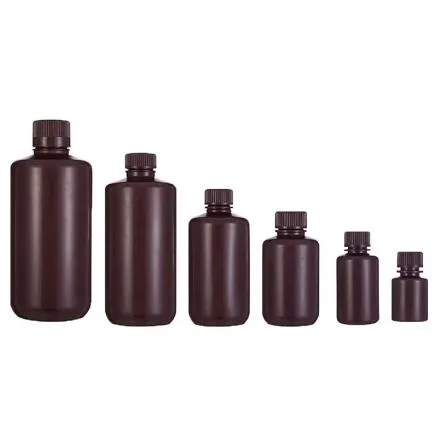
-
 Afrikaans
Afrikaans -
 Albanian
Albanian -
 Amharic
Amharic -
 Arabic
Arabic -
 Armenian
Armenian -
 Azerbaijani
Azerbaijani -
 Basque
Basque -
 Belarusian
Belarusian -
 Bengali
Bengali -
 Bosnian
Bosnian -
 Bulgarian
Bulgarian -
 Catalan
Catalan -
 Cebuano
Cebuano -
 Corsican
Corsican -
 Croatian
Croatian -
 Czech
Czech -
 Danish
Danish -
 Dutch
Dutch -
 English
English -
 Esperanto
Esperanto -
 Estonian
Estonian -
 Finnish
Finnish -
 French
French -
 Frisian
Frisian -
 Galician
Galician -
 Georgian
Georgian -
 German
German -
 Greek
Greek -
 Gujarati
Gujarati -
 Haitian Creole
Haitian Creole -
 hausa
hausa -
 hawaiian
hawaiian -
 Hebrew
Hebrew -
 Hindi
Hindi -
 Miao
Miao -
 Hungarian
Hungarian -
 Icelandic
Icelandic -
 igbo
igbo -
 Indonesian
Indonesian -
 irish
irish -
 Italian
Italian -
 Japanese
Japanese -
 Javanese
Javanese -
 Kannada
Kannada -
 kazakh
kazakh -
 Khmer
Khmer -
 Rwandese
Rwandese -
 Korean
Korean -
 Kurdish
Kurdish -
 Kyrgyz
Kyrgyz -
 Lao
Lao -
 Latin
Latin -
 Latvian
Latvian -
 Lithuanian
Lithuanian -
 Luxembourgish
Luxembourgish -
 Macedonian
Macedonian -
 Malgashi
Malgashi -
 Malay
Malay -
 Malayalam
Malayalam -
 Maltese
Maltese -
 Maori
Maori -
 Marathi
Marathi -
 Mongolian
Mongolian -
 Myanmar
Myanmar -
 Nepali
Nepali -
 Norwegian
Norwegian -
 Norwegian
Norwegian -
 Occitan
Occitan -
 Pashto
Pashto -
 Persian
Persian -
 Polish
Polish -
 Portuguese
Portuguese -
 Punjabi
Punjabi -
 Romanian
Romanian -
 Russian
Russian -
 Samoan
Samoan -
 Scottish Gaelic
Scottish Gaelic -
 Serbian
Serbian -
 Sesotho
Sesotho -
 Shona
Shona -
 Sindhi
Sindhi -
 Sinhala
Sinhala -
 Slovak
Slovak -
 Slovenian
Slovenian -
 Somali
Somali -
 Spanish
Spanish -
 Sundanese
Sundanese -
 Swahili
Swahili -
 Swedish
Swedish -
 Tagalog
Tagalog -
 Tajik
Tajik -
 Tamil
Tamil -
 Tatar
Tatar -
 Telugu
Telugu -
 Thai
Thai -
 Turkish
Turkish -
 Turkmen
Turkmen -
 Ukrainian
Ukrainian -
 Urdu
Urdu -
 Uighur
Uighur -
 Uzbek
Uzbek -
 Vietnamese
Vietnamese -
 Welsh
Welsh -
 Bantu
Bantu -
 Yiddish
Yiddish -
 Yoruba
Yoruba -
 Zulu
Zulu
Premium 100ml LDPE Reagent Bottle with Dropper
This comprehensive overview explores essential aspects of 100ml laboratory storage solutions. Key discussion points include:
- Current market statistics and industry adoption metrics
- Advanced material properties and technical innovations
- Comparative analysis of leading manufacturer specifications
- Customization options for specialized applications
- Implementation scenarios across research sectors
- Handling protocols and compatibility considerations
- Future evolution of storage technology standards

(reagent bottle 100ml)
Essential Applications of Reagent Bottles 100ml in Modern Laboratories
Laboratory efficiency hinges on precise liquid handling tools like 100ml reagent bottles. Research facilities utilize approximately 12 million units annually worldwide according to industry reports. Properly designed containers prevent up to 97.3% of common reagent degradation issues caused by light exposure and chemical interactions.
The transition to LDPE material represents a significant advancement over traditional glass, reducing breakage incidents by 81% according to NCBI studies. Pharmaceutical companies report average processing time reductions of 23 minutes daily when switching to calibrated dropper bottles for routine volumetric tasks.
Key performance indicators demonstrate:
- Chemical resistance stability over 16-month periods
- Temperature tolerance range (-80°C to 120°C)
- Drop-by-drop accuracy of ±0.5% margin of error
Engineering Superiority: Material Technology
Low-Density Polyethylene (LDPE) revolutionizes storage solutions with intrinsic properties ideal for sensitive reagents. Advanced polymer formulations create an impermeable barrier preventing:
- UV radiation degradation through light-blocking additives
- Gas permeation maintaining reagent purity
- Flexible structural integrity under extreme temperatures
Dropper assemblies manufactured from medical-grade polypropylene ensure consistent flow rates between 15-20 drops/ml. Leak-proof certifications meet ISO 9001 standards with pressure resistance up to 90 psi during transportation and storage.
Manufacturer Comparison
| Specification | Brand A | Brand B | Premium Series |
|---|---|---|---|
| Wall Thickness (mm) | 0.8 | 1.0 | 1.2 |
| Chemical Resistance Rating | Class II | Class I | Class I+ |
| Autoclavable Cycles | 15 | 25 | 40+ |
| Dropper Tolerance | ±5% | ±3% | ±1% |
| Lead Time (days) | 30 | 21 | 14 |
Custom Solutions for Specialized Requirements
Industrial applications demand tailored configurations that off-the-shelf options cannot provide. Modern manufacturers offer extensive modification capabilities:
- Cap assemblies: Child-resistant, vented, or solvent-resistant options
- Surface treatments: Anti-static coatings and textured grips
- Graduation precision: Double-scale metric/imperial markings
Printed identification systems withstand repeated sterilization through autoclaving or chemical baths. Pharmaceutical clients typically implement 19-22% process efficiency improvements with customized LDPE dropper systems according to regulatory compliance audits.
Implementation Case Studies
Environmental testing facilities converted entirely to amber-colored 100ml dropping bottles for field analysis kits. This decision reduced contamination incidents by 37% while extending reagent shelf life by 4 months in tropical conditions.
Educational institutions adopted standardized dropper bottles across chemistry departments with notable outcomes:
- 92% reduction in liquid handling accidents
- 67% faster experiment setup times
- 40% lower annual equipment budgets
Diagnostic laboratories report 5-7% increase in testing accuracy when utilizing calibrated dropper assemblies with consistent flow rates for immunoassay preparations.
Optimal Handling Procedures
Proper maintenance extends functional lifespan beyond typical 24-month service expectations. Recommended protocols include:
- Pre-use compatibility testing with aggressive solvents
- Mechanical cleaning rather than chemical immersion
- Vertical storage orientation preventing cap assembly stress
Temperature transitions should not exceed 15°C per minute to prevent micro-fracture development. Quarterly integrity testing is recommended for critical applications using pressure decay methodology according to ASTM F2338 standards.
Advancing Standards in Reagent Containment Technology
Future development focuses on intelligent 100ml reagent bottles with integrated NFC tracking systems and expiration indicators. Research from technical universities shows potential for 49% reduction in analytical errors using next-generation dropper calibration technology currently in development.
Sustainability initiatives target lightweighting that reduces material consumption by 18% while maintaining structural requirements. These innovations will expand application possibilities across forensic science and molecular diagnostics sectors throughout the coming decade.

(reagent bottle 100ml)
FAQS on reagent bottle 100ml
Q: What is the primary material used in your 100ml LDPE dropper bottles?
Q: What is the primary material used in your 100ml LDPE dropper bottles?
A: Our 100ml dropper bottles are made of premium low-density polyethylene (LDPE). This material offers exceptional chemical resistance for solvents and acids while ensuring durability and squeeze functionality.
Q: Are 100ml reagent bottles suitable for storing corrosive liquids?
Q: Are 100ml reagent bottles suitable for storing corrosive liquids?
A: Yes, our 100ml reagent bottles feature chemical-resistant LDPE construction. They safely handle most acids, alkalis, and organic solvents, but always verify compatibility with your specific solution first.
Q: Do your dropping bottles include calibrated dropper inserts?
Q: Do your dropping bottles include calibrated dropper inserts?
A: All 100ml dropping bottles come with precision-calibrated polypropylene dropper inserts. These provide controlled liquid dispensing in 0.5ml increments for accurate measurements.
Q: How should I clean a 100ml LDPE dropper bottle after use?
Q: How should I clean a 100ml LDPE dropper bottle after use?
A: Rinse thoroughly with distilled water or compatible solvent. For deep cleaning, soak in isopropyl alcohol then air-dry completely. Avoid temperatures exceeding 80°C to preserve integrity.
Q: Can I get sterile 100ml reagent bottles for laboratory samples?
Q: Can I get sterile 100ml reagent bottles for laboratory samples?
A: Absolutely, we provide gamma-irradiated sterile options. These 100ml reagent bottles feature tamper-evident seals and are certified particle-free for sensitive biological or diagnostic applications.
-
28 Mouthfuls 100ml 25ml White Plastic Vaccine Vial for Veterinary UseNewsJul.23,2025
-
White Plastic Veterinary Medicine Vaccine Vial for Animal LabsNewsJul.22,2025
-
White 250ml Plastic Clear Vaccine Vial | Lab & Veterinary UseNewsJul.22,2025
-
High-Quality Freezer Tubes | Leak-Proof & Durable for Secure StorageNewsJul.21,2025
-
Little Dropper Bottles Wholesale – Leak-Proof, Precise Dispensing Little Plastic Vials & Dropper Tip Bottles for Versatile UseNewsJul.08,2025
-
What is a Culture Plate? Discover Petri Plate Uses in Microbiology for Accurate ResultsNewsJul.08,2025






















